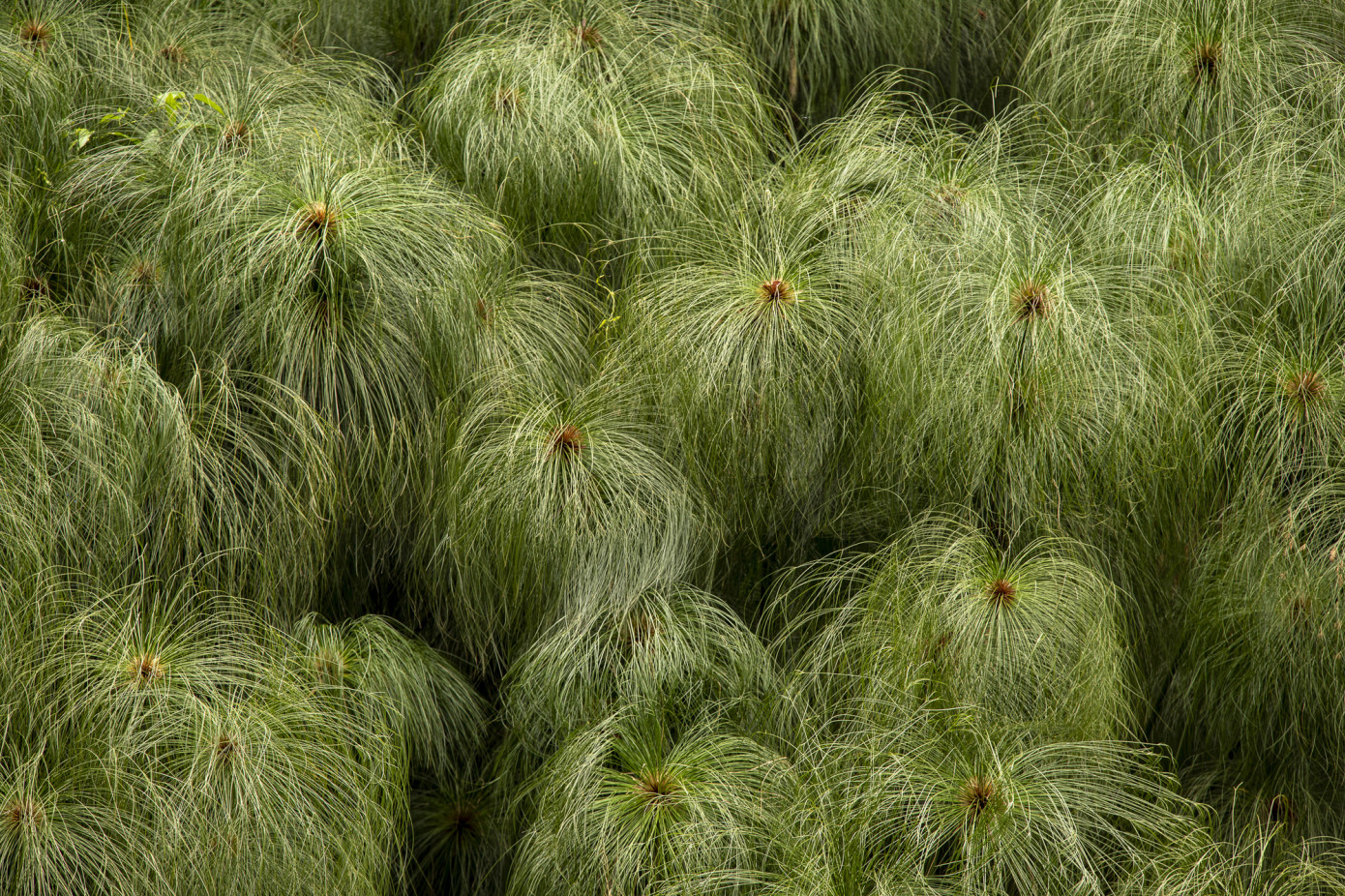Native American tribes, government agencies, conservation groups, and private landowners are using controlled burns to restore fire-dependent ecosystems. The longleaf pine ecosystem, which historically covered a large portion of the Southeastern U.S., requires regular fires to maintain biodiversity and reduce flammable underbrush.
Fire suppression laws in the past prevented natural burns, leading to a decline in the longleaf pine population. However, efforts to restore the species and its ecosystem have improved since the mid-1990s.
The Poarch Band of Creek Indians in Alabama is actively involved in planting longleaf pines and conducting prescribed burns to revitalize the habitat. These efforts have led to the reestablishment of 421,000 acres of longleaf pine since 2012. Prescribed burns also play a crucial role in carbon sequestration and preventing catastrophic wildfires.
